Finalists
The Tapestry Design Prize for Architects 2018 attracted a record number of 142 designs – 25% of submissions were received from international entrants. Judging panel chair, Emeritus Professor Kay Lawrence AM remarked of Pop Architecture + Hotham Street Ladies winning design, that “their tapestry design ‘Chaos and Fertility’, rejects the absence of ornament in Boullée’s practice as well as his ideals of enlightenment and ‘male reason’. Their design playfully responds to Walsh’s brief through heir subversion of the western canon, with a focus on transgressive textiles, female history and subjectivity.”
First Prize
‘Chaos and Fertility’
Pop Architecture + Hotham Street Ladies
Second Prize
‘Colliding Universes in Saint Peter’s Four Meter Woollen Eye’
Arturo Muela, Paola Ibarra + Daniela Gutiérrez
Third Prize
‘After Turrell, Backside of the Moon’
Kevin Liu
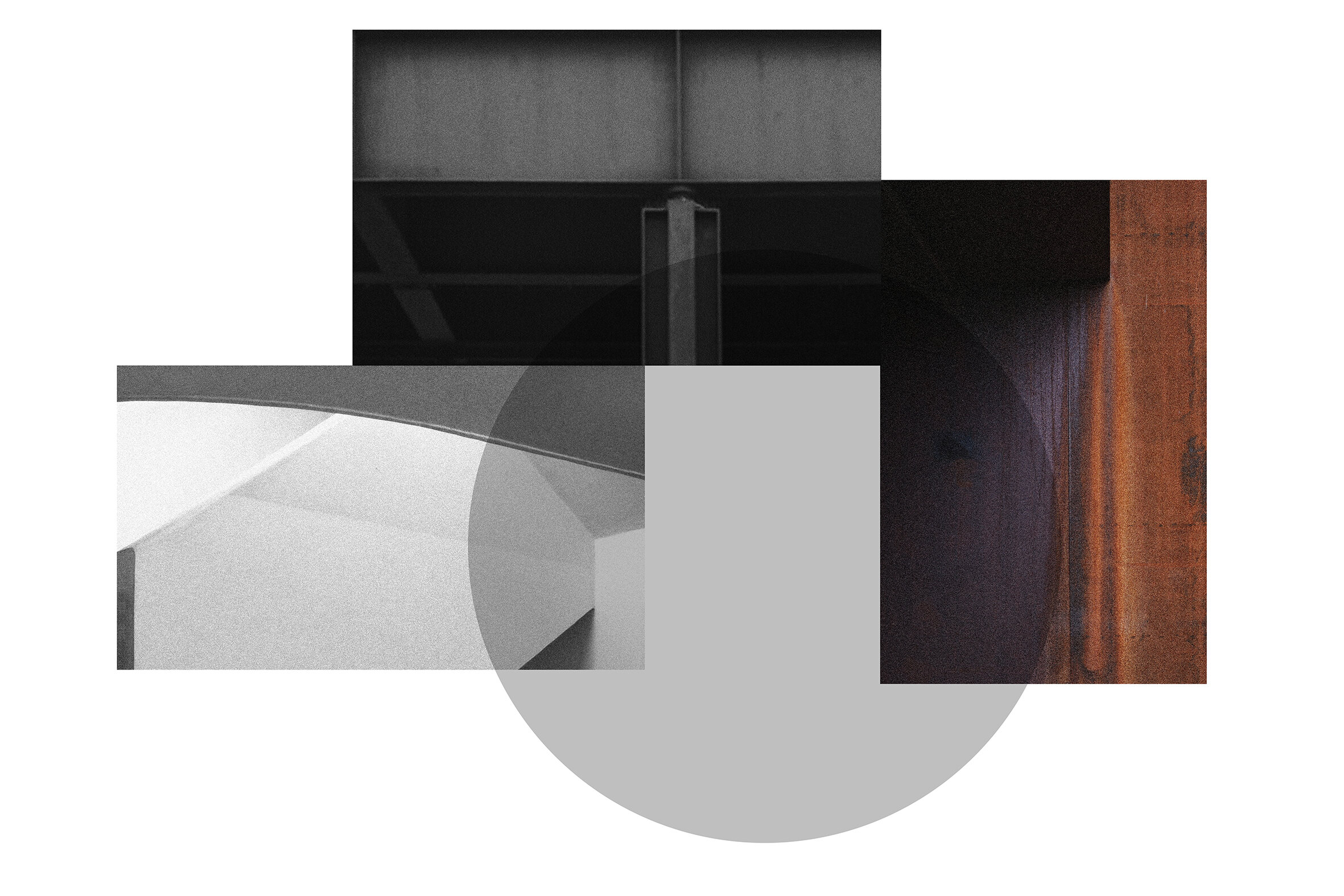
3RDRM (AUS)

Aaron Fein (USA)

Arturo Muela, Paola Ibarra + Daniela Gutiérrez (AUS)
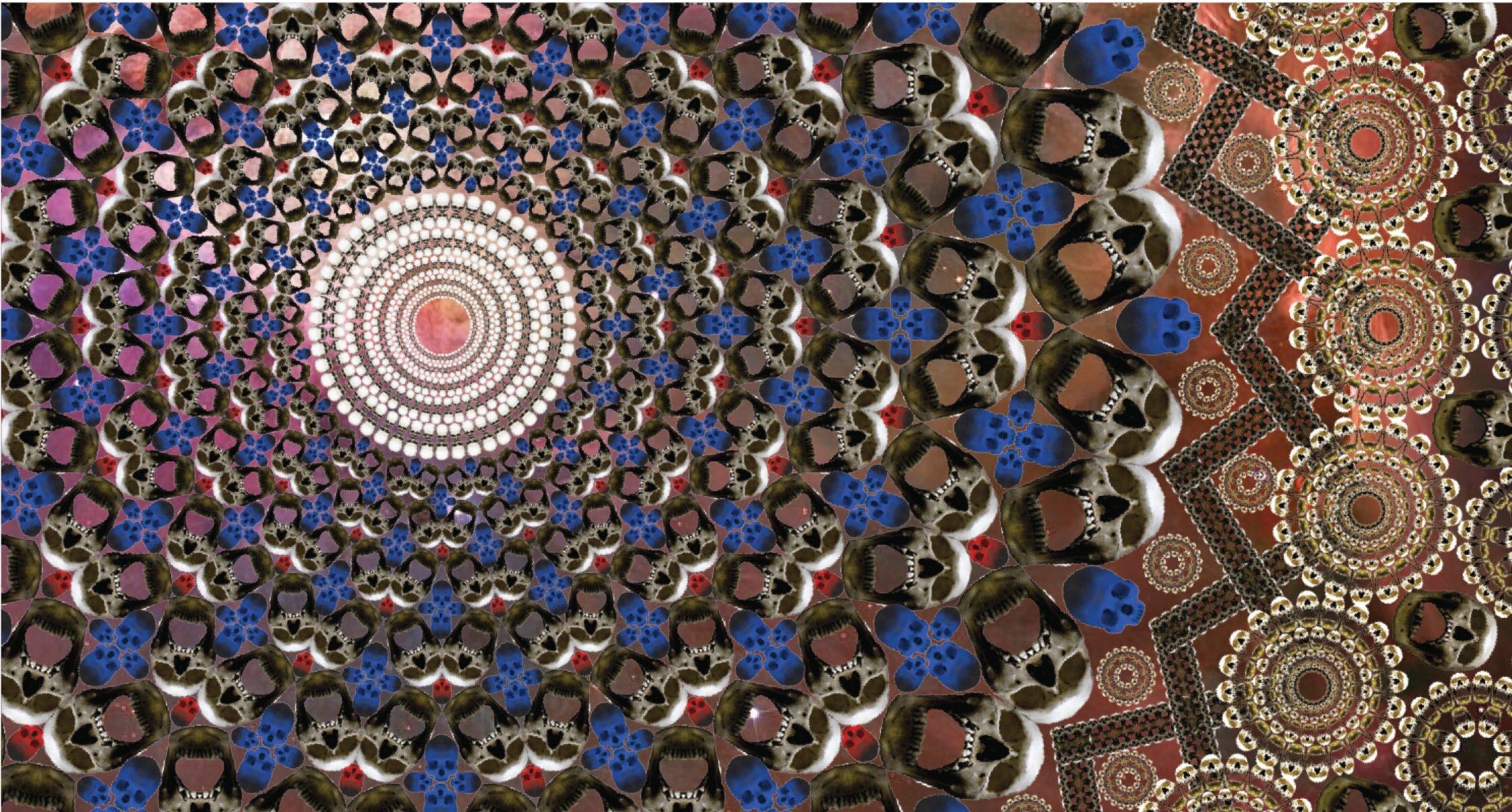
Conrad Gargett

Grimshaw (AUS)

Kenneth Wong (AUS)
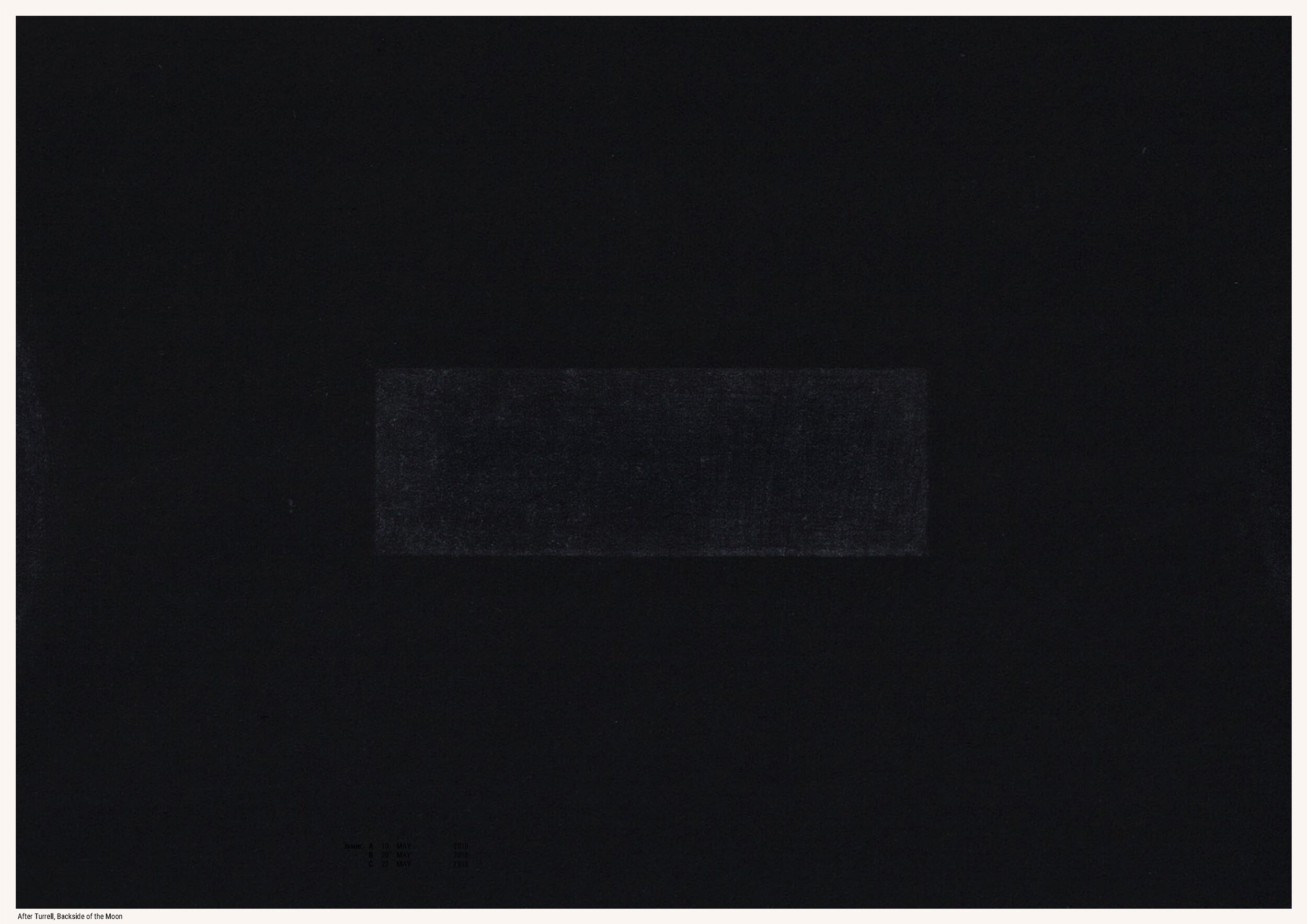
Kevin Liu (AUS)

Nicholas Miller (AUS)
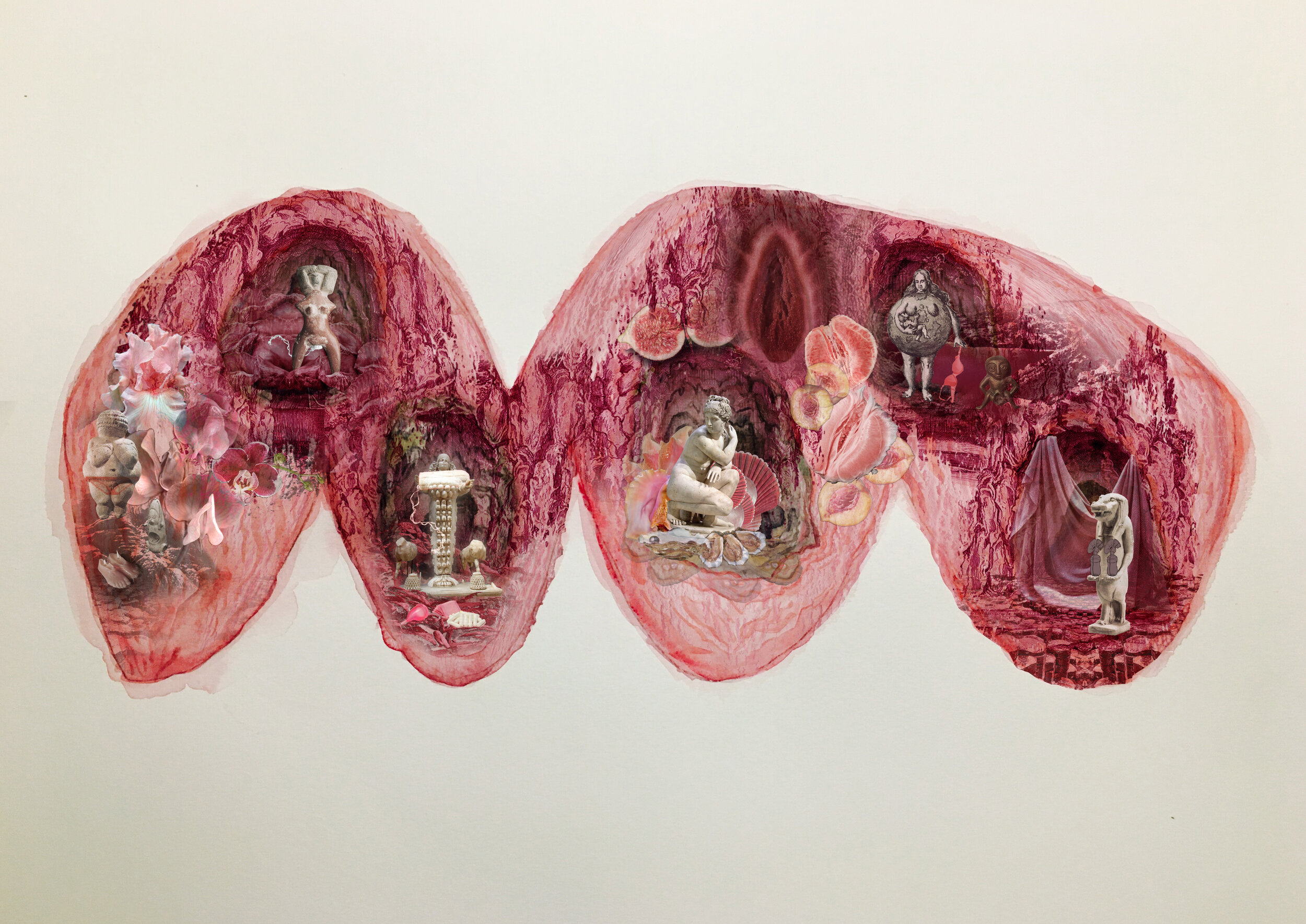
Pop Architecture + Hotham Street Ladies (AUS)
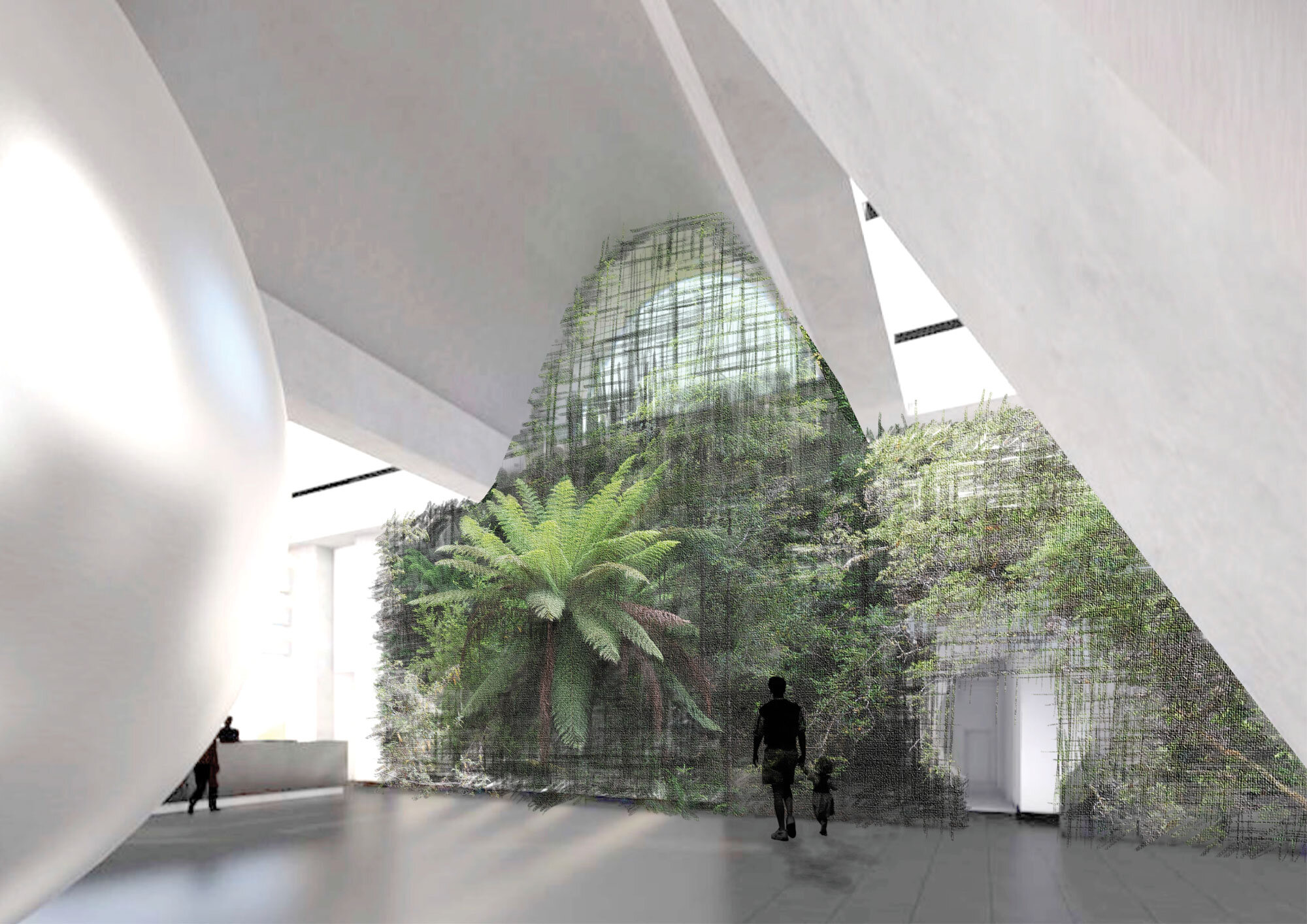
Qing Ye (CHINA)
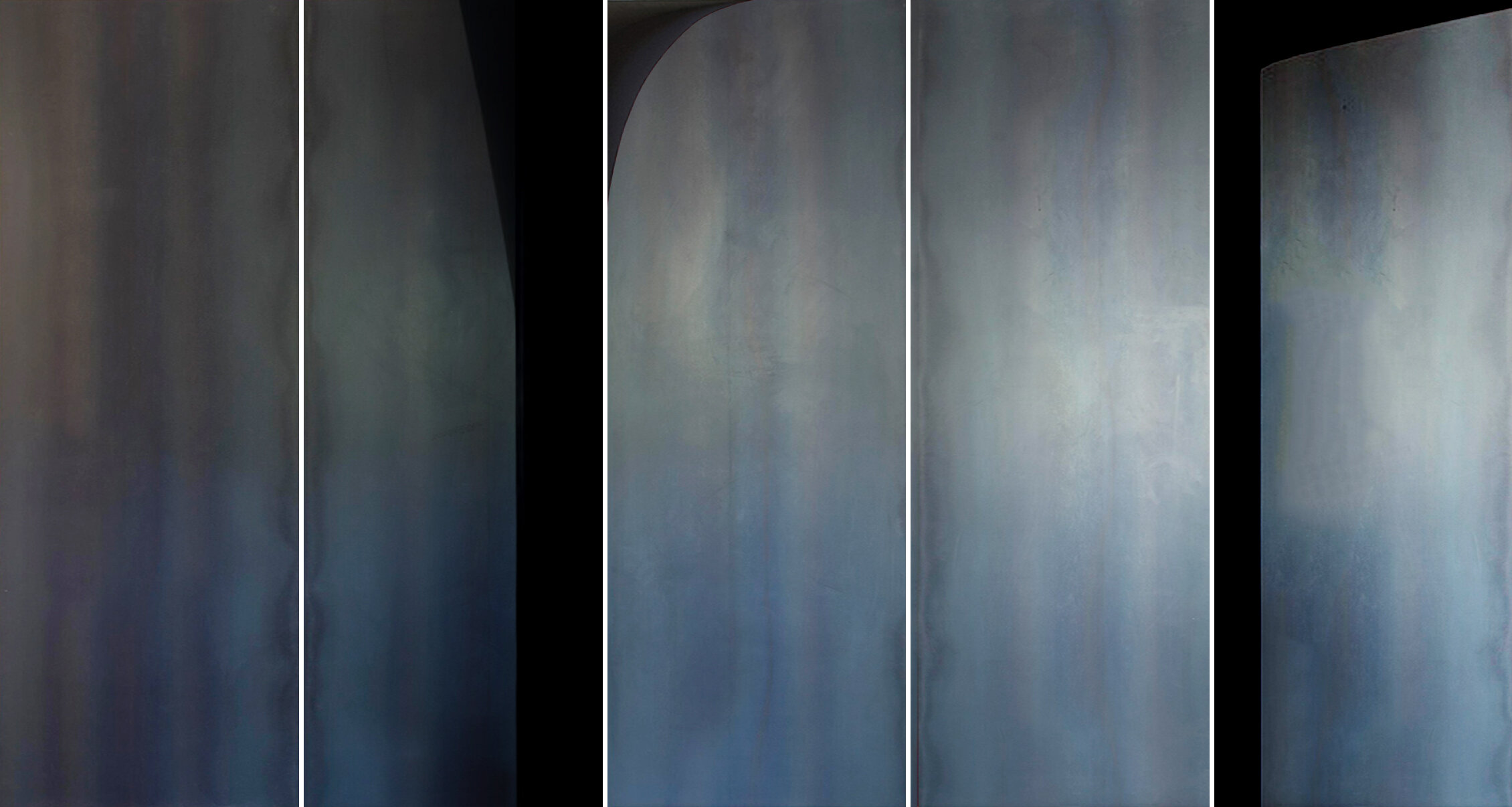
Retallack Thompson (AUS)

SAA. Studio Adrian Aguirre (MEXICO)
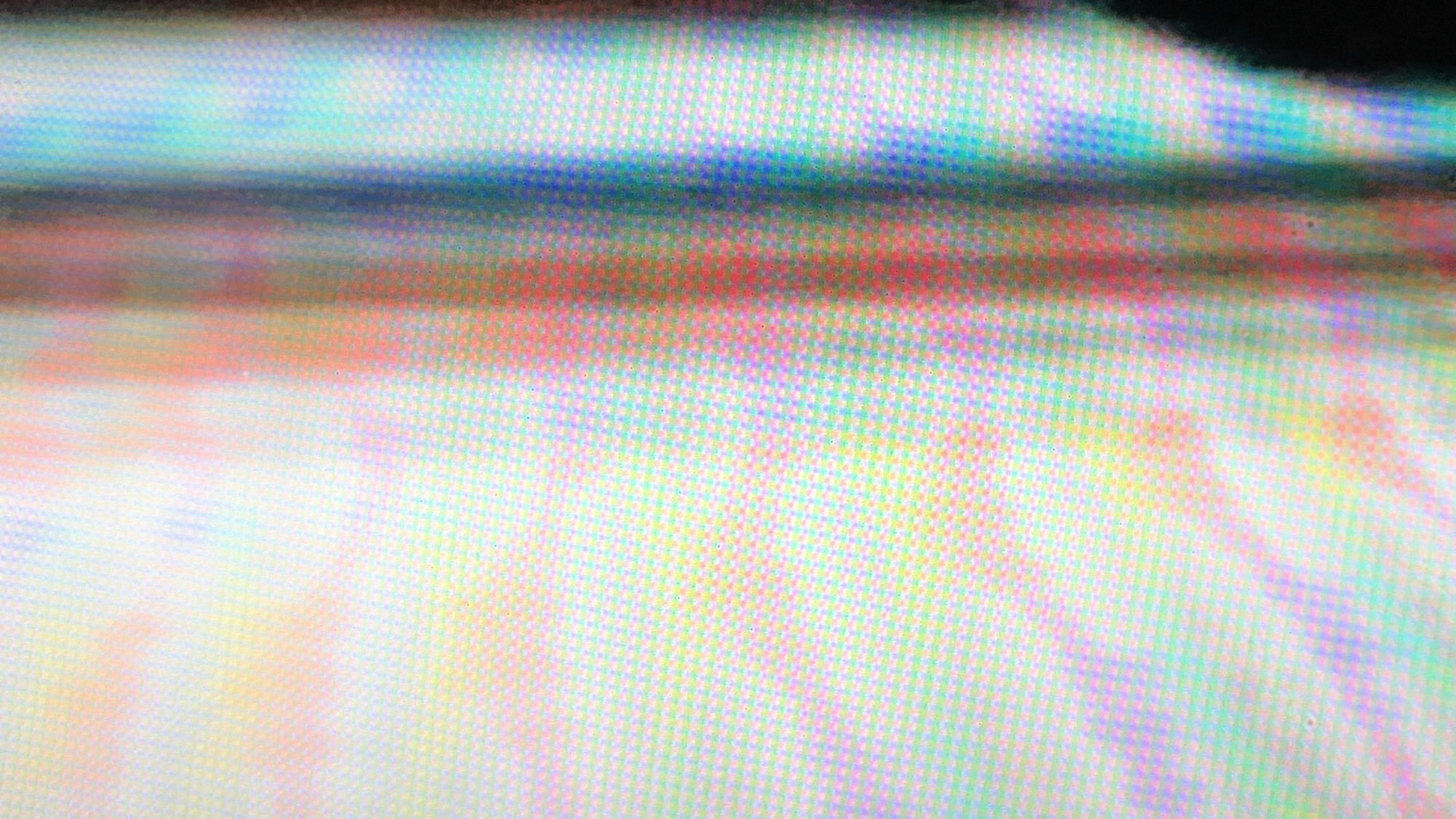
Sebastian Gatz (DENMARK)
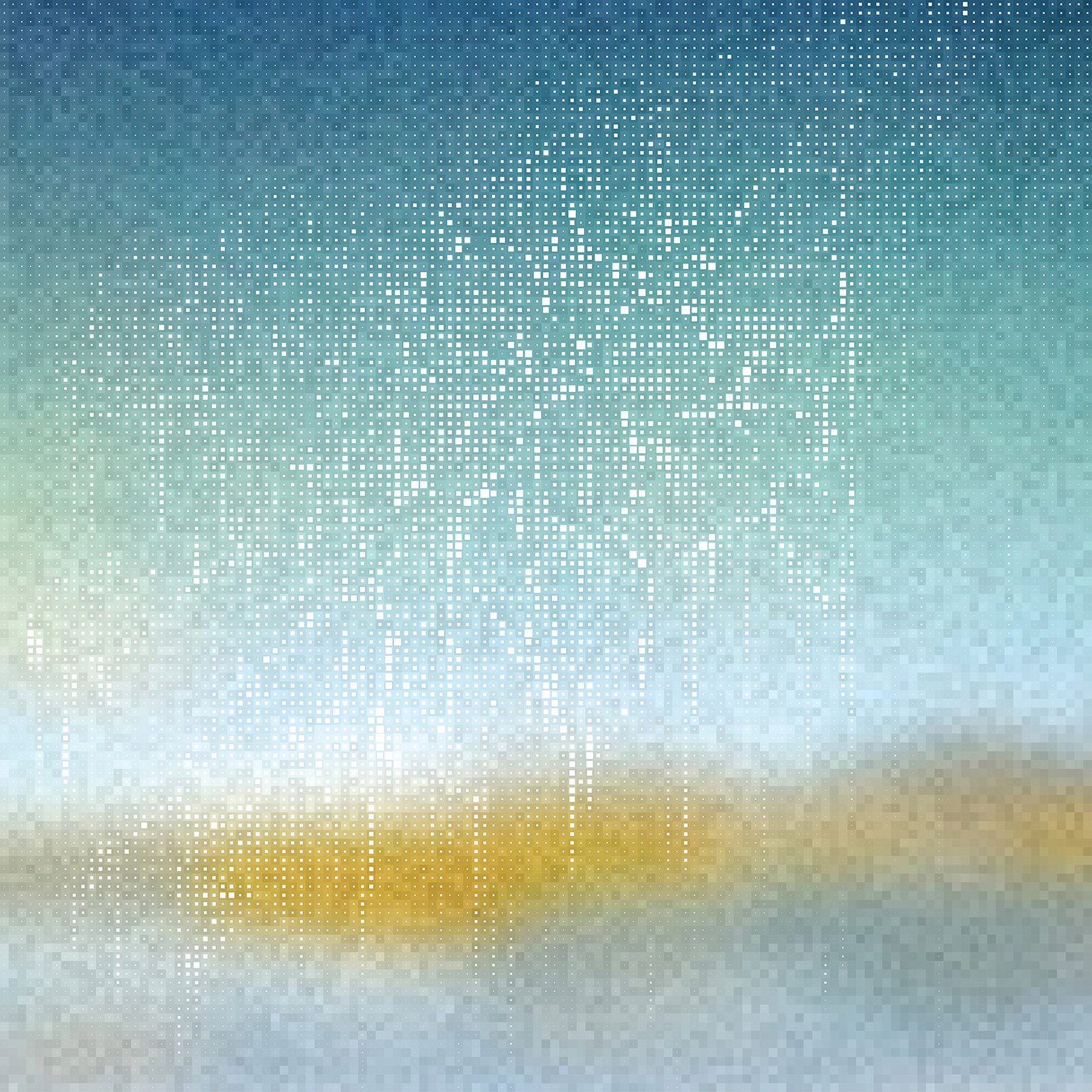
Thingsmatter (THAILAND)

Toby Beale, Stephen Brameld, Sally Farrah + Tasmin Vivian-Williams (AUS)
Judges essay.
For many of our modernist heroes – Le Corbusier, Oscar Niemeyer, Jørn Utzon and Harry Seidler – the artfulness of tapestry has an affinity with architecture. It is their fabric, the fabric of modernism. Their tapestry designs and commissions adorn public architecture, representing the significance of the fabric to modernism.
The Australian Tapestry Design Prize for Architects, the only such competition in the world, holds the potential to engage architects meaningfully with this tradition. It offers a provocative challenge in the context of architectural collaboration, in designing a tapestry for another architect’s space, to be fabricated by yet another artisan. The lure is not just the cash, albeit a rarity rapturously welcomed by architects. More compelling is the prospect – a possi- bility rather than a promise – of joining previous winners in having their designs woven by the prestigious Australian Tapestry Workshop; a once in a lifetime opportunity of true collaboration between architect and master weaver.
David Walsh’s brief for the 2018 third Australian Tapestry Design Prize for Architects was certainly the most challenging yet. The hypothetical site, Étienne-Louis Boullée’s unbuilt Cenotaph for Isaac Newton inspired the Pharos Wing in Fender Katsalidis Architects’ Museum of Old and New Art (MONA). The brief ingeniously intertwines characteristics both old and new: Boullée; Walsh himself; Fender Kasalidis Architects; the Pharos Wing; and two works inhabiting its space, James Turrell’s 2017 spherical sculpture Seen Unseen, and Jean Tinguely’s1969 thrashing machine Memorial to the Sacred Wind or The Tomb of a Kamikaze. Blind judging was innovatively essayed, authorship revealed only after results were decided.
The brief’s complexities produced works of astounding beauty, with homages to Boullée, Turrell and Walsh, works of wit, riots of digitally manipulated colour, interplays of darkness and light, and demonstrations of pure singular geometry and form.
Three shortlisted entries tested the materiality of nature from the West MacDonald Ranges (Naked Wonder by Kenneth Wong), ancient Tasmanian rainforests (Nature by Qing Ye), and an inverted disintegrating sky under Cradle Mountain (Warped Fragments of an Ethereal Nature by Nicholas Miller).
Two finalists paid homage to architectural visionaries: Delirious Landscape by SAA. Studio Adrian Aguirre, a colourful cornucopia of architectural form; and Architectural Fragments in the Shadow of Boulée by 3RDRM, a sombre moody tryptych honouring Mies van der Rohe, Le Corbusier and RCR Arquitectes.
Six shortlisted entries conjured illusions: Through to More by Retallack Thompson mimicked existing hot rolled steel doors; Interval by Sebastian Gatz blurred video stills into neon optic patterns; Gravity Flower by thingsmatter daintily offered a delicate flower as barely visible artefact; Looking into the Face of God by Grimshaw fashioned a mathematical rendering of a gravitational wave; Polaris by Aaron Fein provided a luminous tessellated illusion of an isometric in flux; and After Turrell, Backside of the Moon by Kevin Liu, a magnificently crepuscular design reimagining Turrell’s dark-room works as tapestry, was awarded third place. Imbued with great tenebrosity and sparing light, this work impressed the jury with its experiential qualities and resonance.
Thematically the entry ‘Memento Mori.’ Remember you must die. by Conrad Gargett stood alone: a lyrical and witty homage mostly to Walsh’s MONA collection and vision.
The remaining finalists referenced the human body: Private Monument by Toby Beale, Stephen Brameld, Sally Farrah
and Tasmin Vivian-Williams charted anthropomorphism; while second place winner, Colliding Universes in Saint Peter’s Four Meter Woollen Eye by Arturo Muela, Paola Ibarra and Daniela Gutiérrez was a hypothetical proposal for a gigantic human iris from MONA’s community magnified 173 times, the potent association between the iris’s sphere and the cosmos captivating jurors.
Pop Architecture and Hotham Street Ladies irrepressibly entranced jurors with the felicity, complexity and wit of the entry Chaos and Fertility. Rejecting outright Boullée’s ideals of male reasoning, it responded to the brief through subversion, focusing on female history and subjectivity.
Accompanying text allegorised feminine endeavour, imagining a secret sect led by Diana of Ephesus performing the art of needlework deep beneath the subterranean colonnade and rocky base of Newton’s Cenotaph. It alone identified the weaver.
Most ingeniously, this tapestry is presented as a cartographer’s artefact. An unfolded planet – technically a Mercator projection – uses Tissot’s indicatrix to fashion flat surface from sphere. Subliminally eclipsing masculine reasoning with intuitive feminine handiwork, it masks the purity of Boullée’s sphere with vociferous encrusted feminine decoration and adornment. The intricateness and delicacy of the design and its intended rich texture demanded technically challenging but rewarding tapestry making, well suited to the ATW’s expertise.
- Alice Hampson
